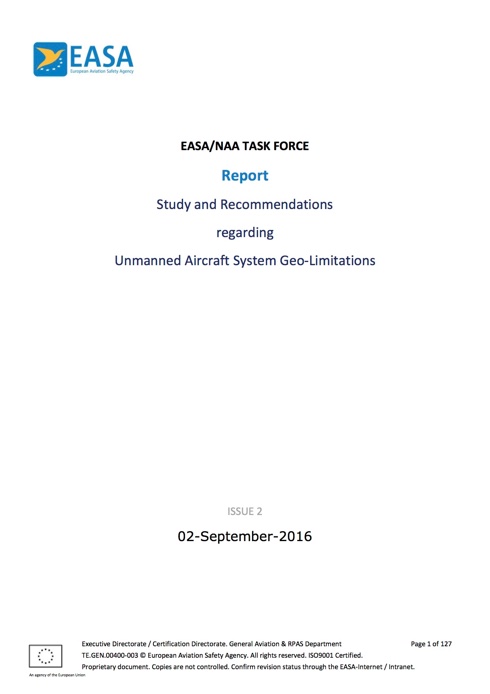Advice on drones – introducing the EASA
Popularly known as drones, but also referred to as remotely piloted aircraft systems (RPAS) or unmanned aerial vehicles (UAV) they come in a variety of shapes and sizes, ranging from small handheld types up to large aircraft, potentially a similar size to airliners.
Just like any other aircraft, an unmanned aircraft must always be flown in a safe manner, both with respect to other aircraft in the air and also to people and properties on the ground. In the UK it is the primary aim of the Civil Aviation Authority (CAA) to enable the full and safe integration of all UAS operations into the UK’s total aviation system.
Guidance for keeping drone flight safe and legal, including flying drones for fun (on non-commercial flights), is to be found here.
Introducing the EASA, the European Aviation Safety Agency
EASA’s mission is to ensure both the highest common level of safety protection for EU citizens and the highest common level of environmental protection. This is achieved with a single regulatory and certification process among Member States which, in turn, facilitates the internal aviation single market in order to create a level playing field. At the same time the Agency works with other international aviation organisations and regulators.
Tasks of EASA include the drafting of rules in all fields pertinent to the EASA mission. Furthermore, the Agency certifies and approves products and organisations in fields where EASA has exclusive competence, for example in airworthiness.
EASA’s Geo-Limitation Task Force Report can be found here.

